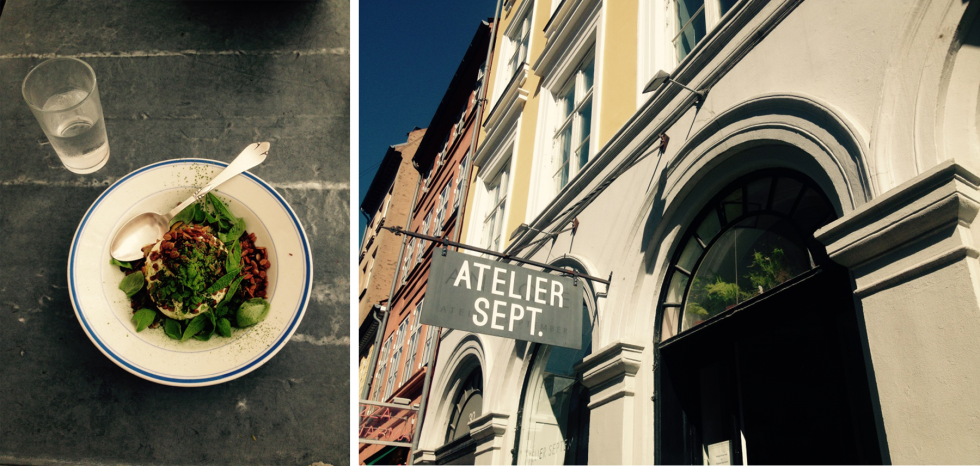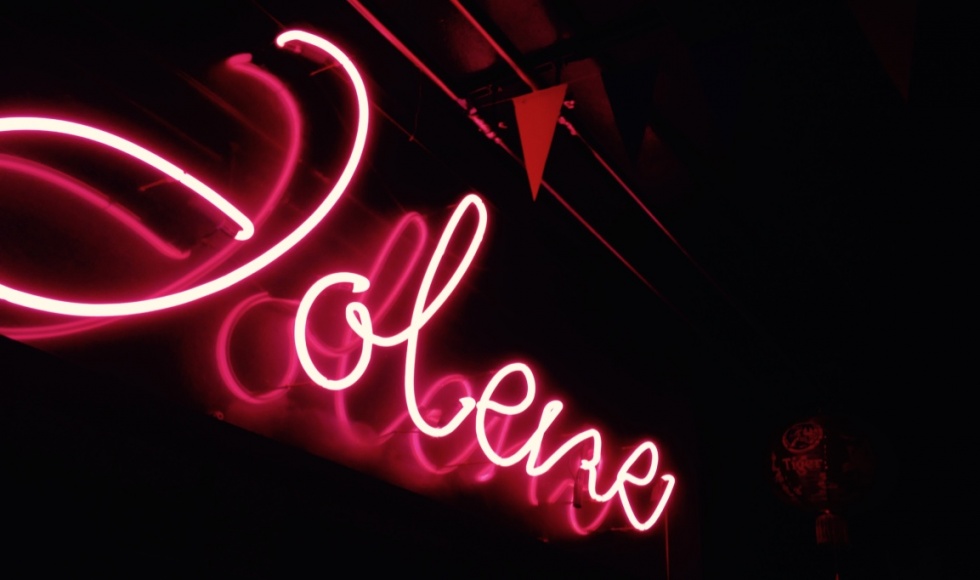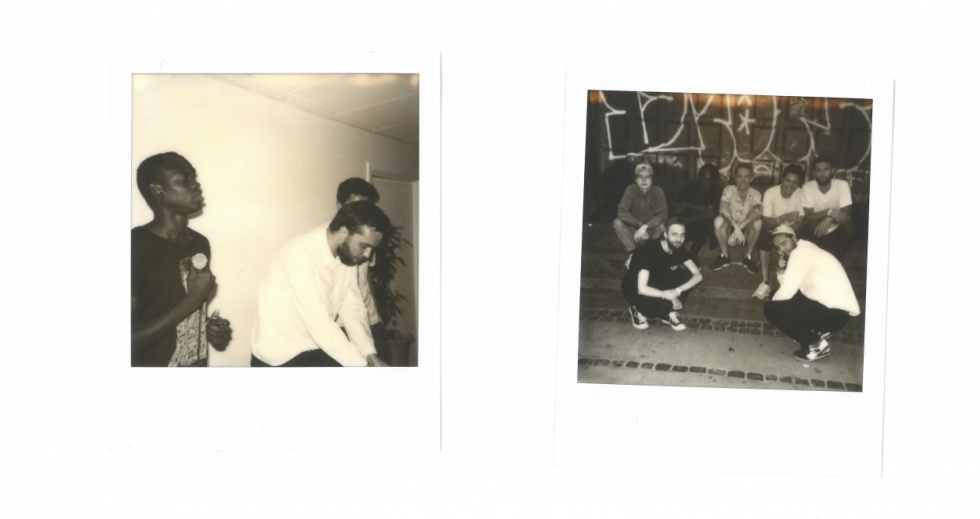Two years after our boat party at Copenhagen’s Strøm festival, we were gladly drawn back to the city for the second leg in our series with Generator – a showcase to celebrate Tartelet Records in its original birthplace. The context threw up a perfect opportunity to dig deeper into the city’s cultural anatomy, as guided by Tartelet’s chief Emil Nyholm (aka Muff Deep).
Copenhagen. The city levitating on deep eudaimonia – its residents proudly maintaining levels of life-satisfaction higher than anywhere in Europe. A Scandinavian happy-haven where healthcare and education are provided at zero cost. Exorbitant taxes, sure, but administered by a government adjudged to be the least corrupt in the world. It’s hard not to be blinded by this conception of the city-as-brand – ‘the most liveable place in the world’. But like every Western capital, its not without its problems: the shining scythe of gentrification is a constant threat to artists, traders and home-owners in the capital; rising social inequality and gang-related deaths dog the city. But after spending most of the year under leaden skies and seldom sunlight, Copenhagen’s summer transforms the place into the idyll you’ve read about in the World Happiness Report.
Next to Europe’s capitals of club culture, Copenhagen’s profile is relatively modest – but its small size lends it a unique character. Along with a political culture of freedom and generosity, its village-like vibe nurtures intimate community collaboration. The city has a spirited legacy of DIY cultural initiatives – from the pervasive acid house movement across abandoned warehouses in the early 90s to the wildly inventive city parties thrown by the teams behind festivals like RAW, Strøm and Distortion at the start of the 00s. Much of this frontier spirit still exists, you just have to dig deeper behind the sheen of aggressive urban redevelopment going on today.
Emil Nyholm represents Copenhagen’s recent past – he joined Tartelet at a time when the city’s underground club culture was in particularly rude health. The label’s original founders – Frederik Bille Brahe and Tomas Barfod – built a roster as a creative mirror to a series of parties they ran in the city, made up of an all-local cast of producers like Kenton Slash Demon and James Braun. The venture expanded further into Europe as they signed German masters, Brandt Brauer Frick. That was back in 2009: Barfod now lives in LA and Fredsky runs Atelier September – one of the best restaurants in Copenhagen (go check). Now an expat living in Berlin, Emil is rearing a new Tartelet set, well-positioned to track the changes in Copenhagen’s scene on routine home visits.
Today, there’s a depth of young and emerging talent but there isn’t a staggering infrastructure of dedicated underground spaces to house them. But, if anything, it makes the spots doing it right all the more exciting hubs for exchange – a close-knit world that seems to be growing healthier by day. Crews like Dunkel Radio and Copenhagen Underground Posse have been actively seeking to push and connect the underground – the latter across both their label and DIY raves in the city’s industrial spaces. It seems because Copenhagen is so small, the visionaries who resist the pull of Berlin can really make a difference. Kenneth Christiansen’s Culture Box is a case in point – the club he started over a decade ago which now stands at the epicentre of CPH’s electronic music scene. The venue now even gets government support for the advancement of electronic music culture.
We witnessed some of the city’s liveliest parties in Kødbyen – the city’s meat-packing district. Historically a butcher’s district of slaughterhouses, the past decade has seen this low-rise industrial estate evolve into a creative community not dissimilar to a Hackney Wick. We visited Jolene, one of the neighbourhood’s rowdiest and home to some of the strongest bills in the city. K15 one week, a Tartelet afterparty another. The MO was fun and free: an open-door sweatbox with open-ended music policies all night long. At present, the district seemed to have hit the balance just right – but even Emil confessed his concern that the commodification of this public space may end up pricing out local butchers. Not dissimilar to the tension in Shoreditch a decade ago, and then Peckham more recently – the area’s creative spirit is of undeniable value to the city, but at what cost?
As Emil explains, it’s obvious that Copenhagen is sitting on a deep reserve of potential – with all the new blood rising up through the city, there’s a flourishing scene that’s expanding and connecting in dynamic ways. Tellingly, this year saw the launch of Sonar Copenhagen – a barometer to the exciting growth of Copenhagen’s electronic underground. Senior festivals like Strøm and Distortion retain their reputation as some of the most innovative festivals in Europe, engaging local communities and municipal authorities in important ways. Along with the city’s friendly spirit, its verdant parks and recreational waterways, the exquisite food culture and historic architecture, it’s a proud point of return for an expat like Emil – and it wasn’t hard for us to understand why.



